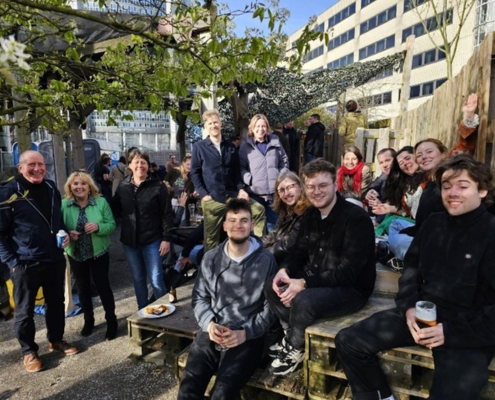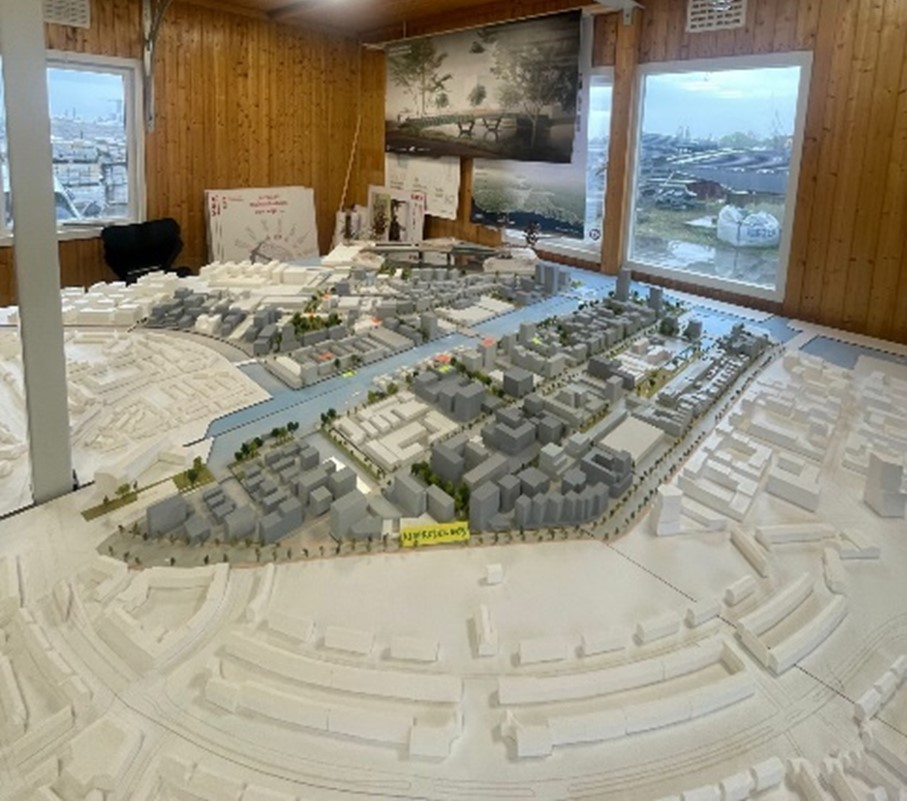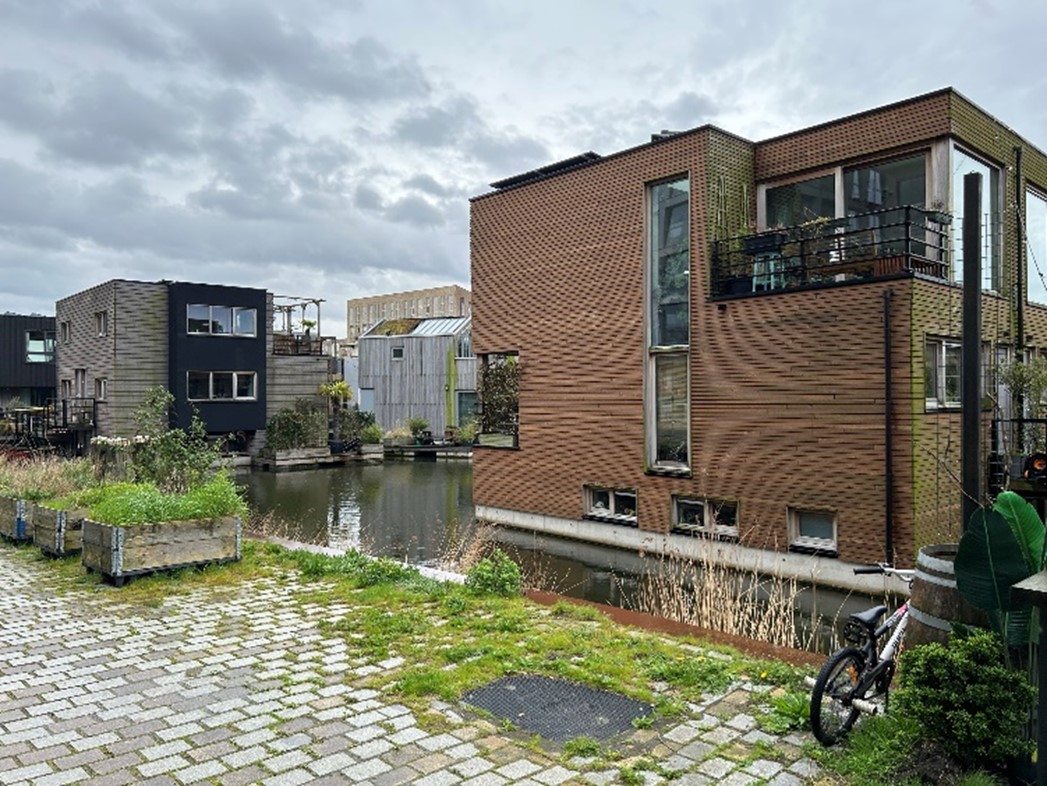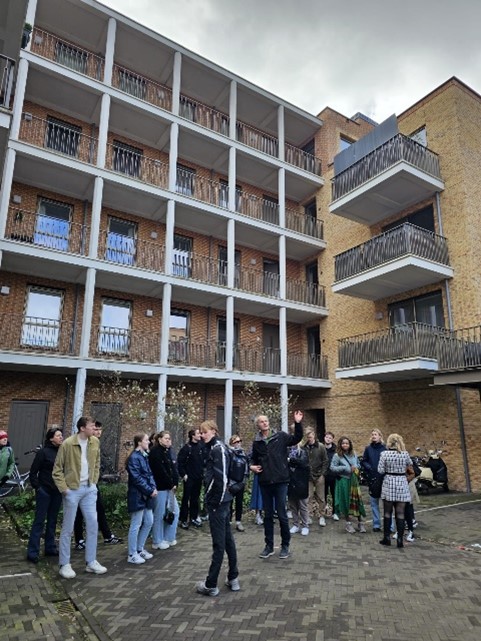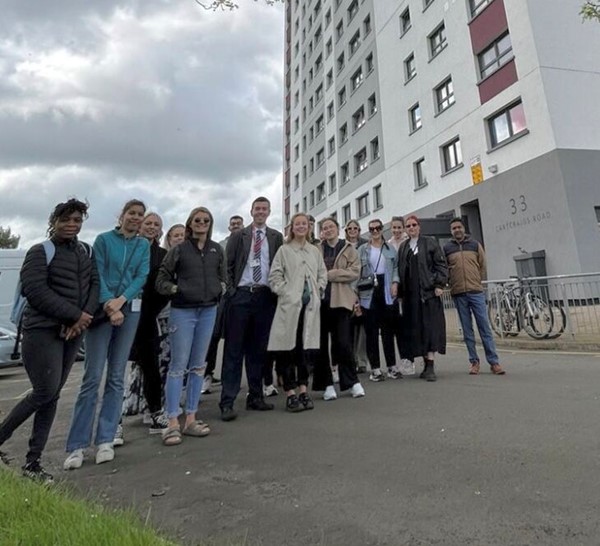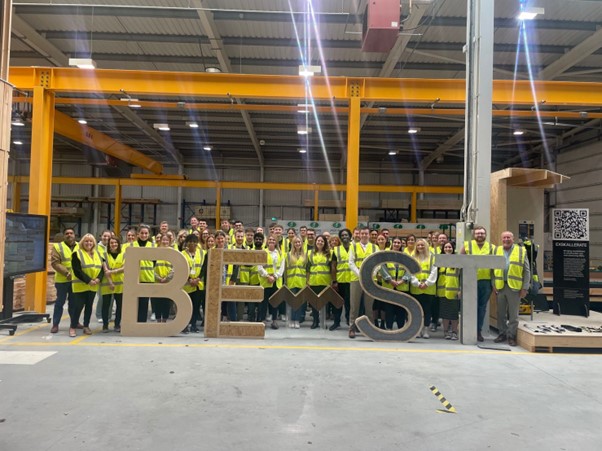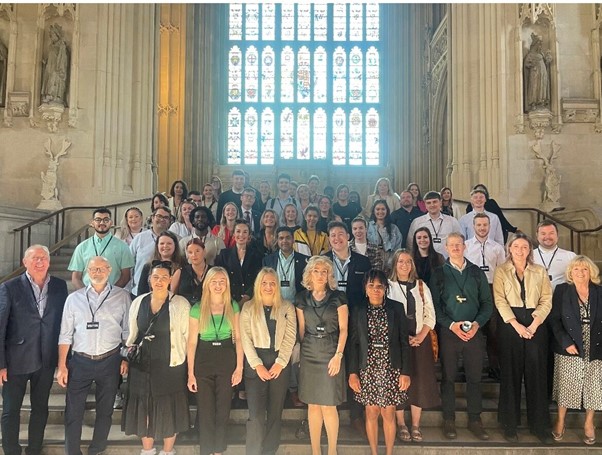
Steve Mackenzie
Steve Mackenzie is Homes and Environment Champion on Yorkshire Housing’s Customer Voice and Review Committee. He’s a member of the Social Housing Tenant’s Climate Jury, the NHC’s award winning citizen’s jury which looked at how tenants and landlords could work together to tackle climate change.
He was also part of the tenant advisory group for the Heartwarming Homes campaign and took a role in contributing to The Centre for Social Justice’s ‘Better Insulate Than Never’ report in 2022.
Steve has also spoken at a host of conference and events about the importance of working with communities towards a more sustainable future.
What led to you developing an interest in climate change?
Climate change affects every person and yet everything we do affects climate change. The poignancy of this fact very much drives my interest in the topic.
Climate change is happening, and it’s because of this, I’ve held a strong interest in its impact, most notably across the housing sector.
As the industry moves at pace, and the demands for us to decarbonise increase there are many unresolved challenges for the sector. Funding may well have been provided but so have challenging timeframes and a lack of knowledge, skills, and guidance to deliver what is required in housing, at the pace it is required at.
Since 2011, 2.3 million homes have been decarbonised out of approximately 28.4 million properties. That leaves the equivalent of one million homes on average a year or one every two minutes to be decarbonised, but the reality is that we are a long way from achieving those targets!
Better communication is required, as are green skills and education, so we have the resources and knowledge to meet demand. Listening to and championing the voices of tenants will be vital, to understand where the barriers may be for retrofit projects and debunking the myths that might thwart progress or take up. Aswell as working with landlords to share this knowledge.
Being part of a number of housing committees and juries including the Northern Housing Consortium’s Social Housing Tenants Climate Jury, has been invaluable in learning where the gaps are in delivering these ambitious goals. And most importantly making key recommendations that will help drive the housing sector forward when it comes to decarbonisation and net zero.
What do you think are the most important recommendations to come out of the Social Housing Tenant’s Climate jury and Heartwarming Homes?
The projects have led to many positive recommendations for the housing sector, most notably around the importance of communication, collaboration, and dispelling myths.
Social Housing Tenant’s Climate Jury – recommendations
Fundamentally, communication and collaboration is key. For example, if you don’t effectively communicate and understand the needs of your tenants, dispelling myths about retrofit and similar areas, then barriers to change can occur. That and negative media coverage on retrofit over recent years hasn’t been helpful. This is despite many positive project examples. I recall one in Yorkshire for example when completed last year successfully took a home from an EPC rating of F to B! It’s important that we share these stories!
Include your tenants – Another key recommendation is around being inclusive and collaborating with tenants. Not just about retrofit but about the environment. Asking them.. What do they need? More green space? Allotments? Benches to socialise? Because when people feel involved and consulted engagement increases.
Regional climate juries in different geographical areas
There have been many positive recommendations from the SHTCJ that will be beneficial across the sector. However, I feel there would be further value in having juries and forums in different areas across the country. The benefit being they will be able to better tailor and respond to the specific needs of their geographical areas.
For example, radon gas has become a key issue in coastal areas such as Cornwall and Devon. Aswell as concerns around coastal erosion and how this is impacting on the corrosion of buildings is something that may be more specific to the area.
Heartwarming Homes – recommendations
Key recommendations from the Heartwarming Homes campaign would again be around the importance of consistency in communications. Using the right language and helping landlords with that so that communications are tailored to different customer groups, which will help their impact. Fundamentally, too it’s about not telling people what to do, but why things need to be done and the benefits short and long term from doing so to increase engagement.
It’s also about being honest first and foremost with tenants and being upfront about the challenges and outcomes that come with retrofit and other such work. Explaining the how, what, and why. Being more personal in approach to encourage buy in and engagement from communities and tenants.
Sharing positive tenant case studies and good news stories on how they are benefiting from changes whether that be from their new heat pump, or the cost savings they are receiving will also be beneficial.
What has been your experience of working with the Northern Housing Consortium on these projects?
It’s been an incredibly positive experience working with the Northern Housing Consortium who have led on some influential projects. The NHC have really helped to unify the sector too, bringing different individuals and groups together from suppliers, members, councils and Government.
As a sector that is ever changing, such projects also demonstrate NHC’s commitment to ongoing learning about the housing industry, and their role in using that learning to guide and inform others.
The NHC are great at keeping everyone informed and up to date with their many webinars and conferences which always have a host of informative speakers. These events are always well attended but it would be great to also encourage more tenants to events too, to learn from and share information with. Not just NHC events but events in the sector more generally.
What do you think should be the key priorities of social housing providers as they work towards achieving Net Zero?
Communication, campaigns and continuity
It comes back to some of the points made earlier, but primarily I feel we need to get more tenants involved in the process. This is especially important if the goal is to retrofit 25,000 properties a week in line with Government targets! So, when a landlord has 30 properties but say may only be retrofitting 10, in my opinion they need to be involving the whole development so they can see what work is being done, why it’s being done and the benefits too. They may have questions which is great and all part of feeding the learning curve. Essentially, it’s about collaborating with local communities outside the scope of what a housing association usually does.
I also believe we should look at streamlining the supply chain and labour market ensuring work is given to local experienced companies and well qualified workers. Developing local apprenticeships and knowledge too will also be vital so that we can safeguard the green skills of the future! And in turn boost those regional economies.
I’d also like to see more regional bodies established that are non-political and made up of local businesses, education providers, suppliers, planners, and residents who can have the autonomy to make decisions for their local areas. Ensuring the consistency, continuity, and longevity needed to have true gravitas and bring social value to each area.
Finally, I also feel a positive public media campaign could be beneficial. Collaborating with the whole sector including local authorities, housing associations, manufacturers, suppliers, and installers to develop a poignant initiative with strong creative and messaging that will increase awareness about net zero requirements, the benefits, and the challenges of the sector too.
 Last week, the Renters Reform Bill passed its third reading in the House of Commons. It will now progress to the House of Lords before likely becoming law.
Last week, the Renters Reform Bill passed its third reading in the House of Commons. It will now progress to the House of Lords before likely becoming law.

